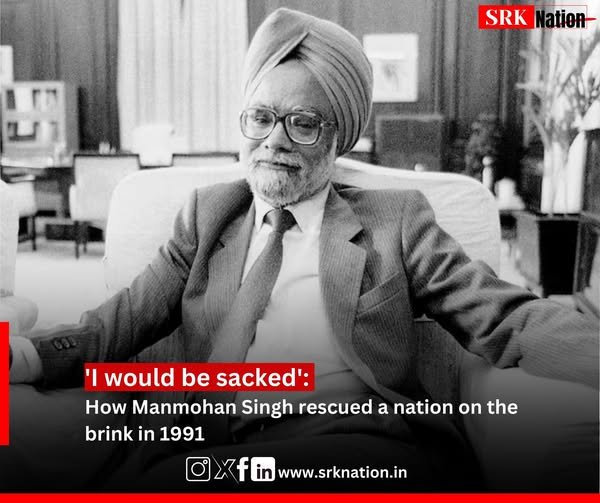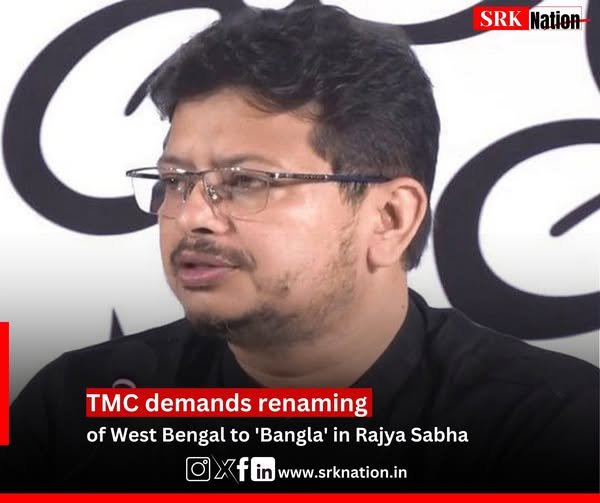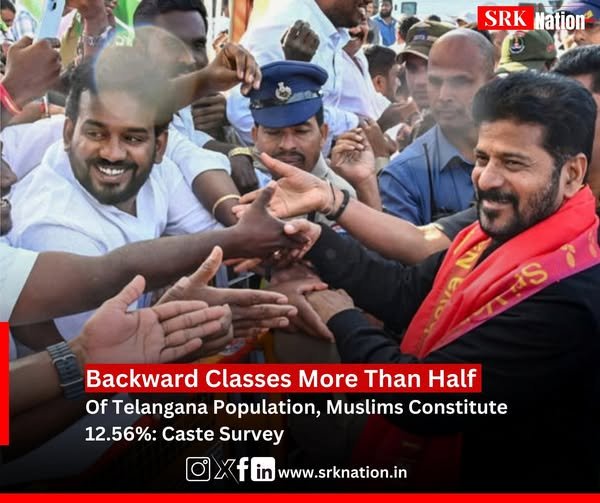Manmohan Singh, the architect of India’s economic revival and a statesman who transformed the nation during one of its darkest financial crises, passed away at 91. Singh’s historic reforms in 1991 not only rescued India from near bankruptcy but also redefined its trajectory as a rising global power.
It was a crisis like no other. By mid-1991, India’s foreign reserves were perilously low, inflation was in double digits, and a massive fiscal deficit threatened to cripple the nation. Singh, then Finance Minister, faced the daunting task of averting a sovereign default.
Backed by Prime Minister P.V. Narasimha Rao, Singh introduced bold measures that would dismantle decades of insular economic policies and set India on a path to liberalization.
The urgency of the moment demanded unprecedented action. In July, the government devalued the rupee twice, making Indian exports more competitive and bringing much-needed foreign exchange.
At the same time, the Reserve Bank of India pledged 47 tonnes of gold to international banks, raising $600 million to shore up reserves. Emergency loans from the International Monetary Fund (IMF), totaling $2 billion, provided further relief.
But these immediate measures were only the beginning. On July 24, Singh presented his first budget, unveiling a vision that went beyond crisis management to redefine India’s economic future. The budget dismantled the License Raj, a web of bureaucratic controls that had stifled industrial growth for decades. It eased restrictions on foreign investment, allowing automatic approvals for up to 51% equity stakes, and abolished industrial licensing for all but 18 critical sectors.
The reforms came at a cost. Corporate taxes were raised, subsidies on essentials like cooking gas and sugar were slashed, and petrol prices increased. Reflecting on the moment in Strictly Personal: Manmohan and Gursharan, a biography by his daughter Daman Singh, he said, “He [Rao] also jokingly told me that if things worked well, we would all claim credit, and if things didn’t work out well, I would be sacked.”
“No power on earth can stop an idea whose time has come,” Singh declared in his 1991 budget speech, a statement that echoed his belief in India’s potential to rise above adversity.
The Rao-Singh government kept the reform momentum alive. A new trade policy eased import-export regulations, and committees led by economists like Raja Chelliah and M. Narasimham introduced structural changes to India’s financial and taxation systems. These reforms attracted foreign investment, modernized industries, and built the foundation for decades of growth.
Within two years, India’s foreign reserves surged from under $1 billion to over $10 billion, saving the nation from economic collapse and putting it on a path to becoming a global economic player.
Manmohan Singh’s legacy lies not only in his transformative policies but in his unyielding conviction that India could achieve greatness. His quiet determination and transformative ideas reshaped a nation.

Like
Comment
Send
Share






